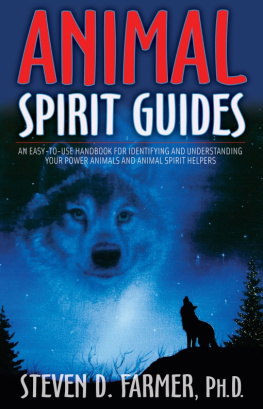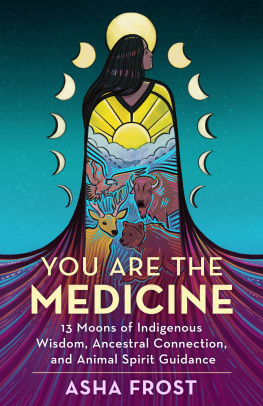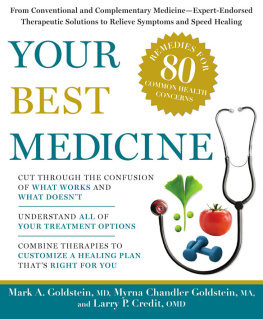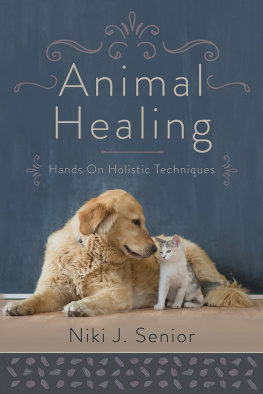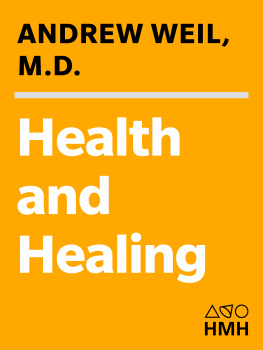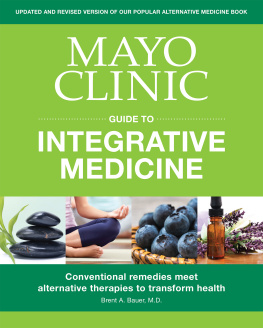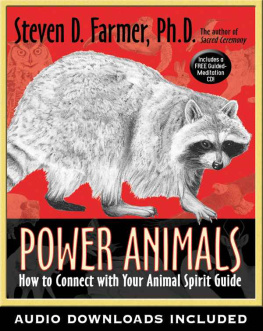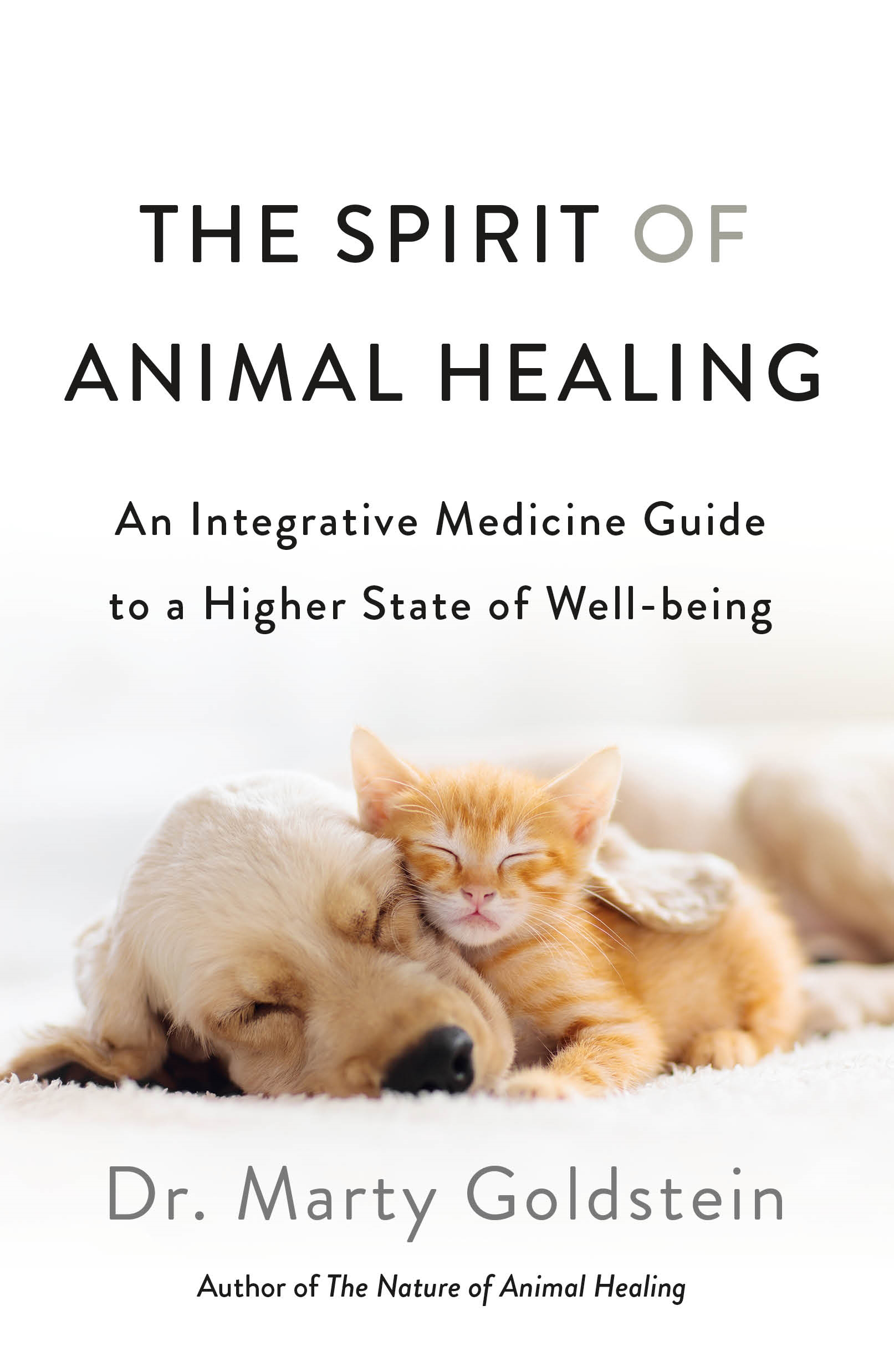The author and publisher have provided this ebook to you for your personal use only. You may not make this ebook publicly available in any way. Copyright infringement is against the law. If you believe the copy of this ebook you are reading infringes on the authors copyright, please notify the publisher at: us.macmillanusa.com/piracy.
Never doubt that a small group of thoughtful, committed citizens
can change the world. Indeed, it is the only thing that ever has.
MARGARET MEAD
In 1999, more than two decades ago, I published my first book: The Nature of Animal Healing. This revolutionary act challenged the existing veterinary establishment, which had trained and certified me, while introducing many thousands of pet parents to the principles of integrative medicinethe merging of traditional and alternative treatments into holistic medical practice. I helped pioneer integrative veterinary medicine, over the years gathering with me an ever-larger group of like-minded veterinarians and other animal experts. It was a lonely place to be in the beginning, but today I can proudly say that this emerging field we built together has improved the lives of millions of dogs and catsin many cases extending their lives or saving them outright.
In the intervening years quite a few books have been published providing people with advice and recommendations for enabling nature to do what it does bestto naturally support the health of companion animals. As youll learn as you read on, I firmly believe that its not the primary job of veterinarians (or of any other doctors) to treat sick patientsits to help them remain healthy in the first place.
We have done so many bad things to our environment, to the food we feed our animal companions, and to the dogs and cats who share their lives with us that illness is not the exception that it was millennia ago. Now its expectedits par for the course. We expect the dogs and cats in our care to get sick, and they do. Then we load them up with more vaccines than they need, more drugs than they need, more medical procedures than they need. As a result, theyre sicker than ever.
This book is all about getting off the merry-go-round of traditional veterinary practice and trying something different. Something better. Something more natural. Something that offers the dogs and cats in your life the best opportunity to be healthy throughout their livesand ours.
This book is not a do-it-yourself, how-to of integrative veterinary practice. You wont find twenty-five different recipes for the best home-cooked dog or cat dinners, and you wont find recommendations for specific brands of dog and cat food or supplements.
Why not?
First, if Ive learned anything in my more than forty-five years of veterinary practice, its that each dog, each cat is an individual. Like snowflakes, no two are alike. Whats good for one dog might not be so good for anothereven of the same breed or litter. For example, while I recommend the feeding of raw food, Ive seen dogs and cats that simply dont do well on itthey end up with gastrointestinal upsets or other issues. Thats why, throughout this book, I impress upon you the need to find the best integrative veterinarian you can, then allow that doctor to get to know your animal companions well. This is how you can be assured they will get the best care possible, perfectly tailored to their unique physiology and needs.
As Hippocrates said about the nature of human medicine thousands of years ago, It is far more important to know what person the disease has than what disease the person has. These wise words also apply to our animal friends.
Second, as we all know, the world is changing faster than ever. This is as true in veterinary practice as it is in every other aspect of our lives. I can pretty much guarantee, for example, that any recommendation I might make for a specific brand of food or course of supplements would be out-of-date a year, five years, or a decade from now. New products and new therapies are introduced all the time, and old ones are discarded.
Consider that smartphones have only been with us for little more than a decade. What kinds of new things will those phones be able to do for us a decade from today? Just look at all the changes theyve already been through. While I have no idea what new things my phone will be able to do ten years from now, I do definitely know that they will be quite different from anything any of us might imagine in our wildest dreams. Change is a given, and its my goal for this book to remain as accurate and relevant as it can be for as long as possible.
Above all, my aim in writing this book is to provide you with a trusted source for the latest thinking in integrative veterinary practice. Some of it might seem to be out on the edge, but most everything we do today in integrative veterinary practice was way out on the edge back in the early seventies when I graduated from veterinary school. My advice to you, the reader and animal lover, is to open your mind to all the possibilities in the world and universe in which we live. We humans dont know everything there is to knownot by a long shotand there is much still to learn. Most every day I learn something new about how to make the lives of dogs and cats and other animals (ask me about my flock of chickens!) better.
And we do love our animal companions. According to American Pet Products Association (APPA) statistics, Americans share their homes with some 90 million dogs and 94 million cats. For many of us, our animal companions are true members of our families whom we depend on for companionship, loyalty, and love. Its an inseparable bond that has been forged over millennia.
Thanks for joining me on my adventure to good health! Now, lets get started.

The microbe is nothing; the terrain is everything.
LOUIS PASTEUR (ON HIS DEATHBED)
I graduated from the Cornell University College of Veterinary Medicine in 1973. In 2018, I returned to my alma mater to give a talk on integrative veterinary medicine. It was a homecoming of sorts, to a school that remains a bastion of conventional veterinary philosophyjust like almost all other university veterinary programs.
When I graduated, almost every veterinarian adhered strictly to the time-honored conventional practices taught by schools of veterinary medicine and the powers that be that subsidized these schools. The treatments were cut-and-dried. If an older dog had cancer, which was relatively rare at the time, you cut out the tumor, or you used powerful drugs to try to kill the cancerous cellstaking healthy cells along with them. If a cat had an infection or allergies, you gave it antibiotics, steroids, or other drugs. Sometimes these treatments had serious side effects, which could turn out to be worse than the original condition we were trying to fix. But we did it because that was what we were taught to do. Unfortunately, not much has changed today except that the number of treatments currently available has skyrocketed.



